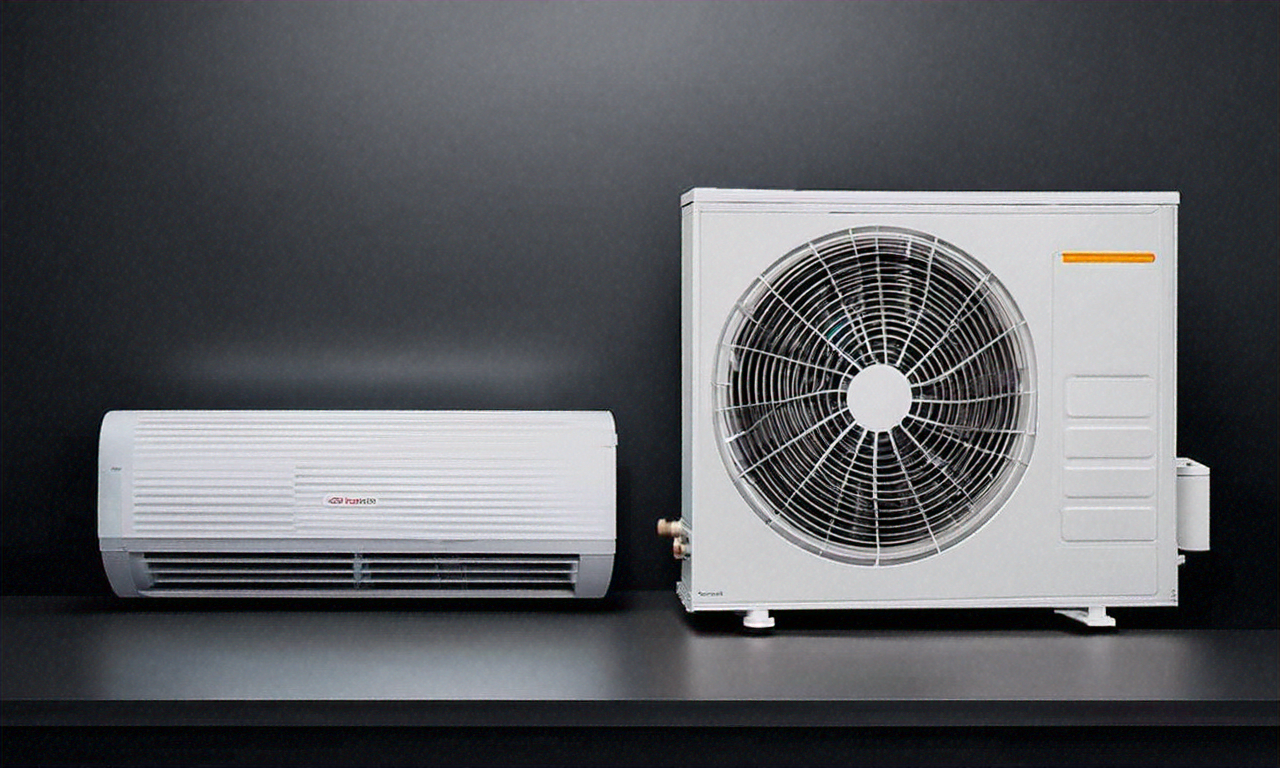Ductless Air Conditioners: Unveiling the Power of External Units
Ductless air conditioners, also known as mini-split systems, have gained popularity due to their energy efficiency, ease of installation, and flexibility. Often marketed as an ideal solution for both residential and commercial spaces, these systems consist of indoor and outdoor units. The external units play a crucial role in the overall functionality and efficiency of the system. Here’s what you need to know about them.

How do external units contribute to efficient ductless solutions?
External units are the powerhouses of ductless air conditioning systems, housing many of the critical components that enable efficient cooling. These units are designed to work in tandem with indoor air handlers, creating a seamless cooling experience without the need for extensive ductwork. By placing the compressor and condenser outside the living space, ductless systems minimize noise inside the home while maximizing cooling efficiency. The external unit’s role in heat exchange is paramount, as it releases the heat absorbed from indoor spaces into the outside environment, allowing for continuous cooling cycles.
What makes external units the heart of the cooling system?
The external unit serves as the central hub for the refrigeration cycle in ductless air conditioners. It contains the compressor, which is often referred to as the heart of the cooling system. The compressor pressurizes the refrigerant, transforming it from a low-pressure gas to a high-pressure, high-temperature gas. This process is essential for the heat transfer that occurs between the indoor and outdoor units. Additionally, the external unit houses the condenser coils, where the heated refrigerant releases its heat to the outside air. This critical function allows the refrigerant to cool and condense back into a liquid state, ready to absorb more heat from the indoor space.
Why are external units considered outdoor power players?
External units of ductless air conditioners are designed to withstand various weather conditions while maintaining optimal performance. These robust units are constructed with durable materials and protective casings that shield sensitive components from the elements. Their ability to operate efficiently in diverse climates makes them true outdoor power players. Moreover, the external unit’s design often incorporates features that enhance its performance, such as variable-speed compressors and advanced fan systems. These technologies allow the unit to adjust its output based on cooling demands, resulting in energy savings and improved comfort control.
What are the key external components of ductless air conditioners?
The external unit of a ductless air conditioner comprises several vital components that work in harmony to facilitate the cooling process:
-
Compressor: Pressurizes and circulates the refrigerant throughout the system.
-
Condenser coils: Allow the refrigerant to release heat to the outside air.
-
Expansion valve: Regulates the flow of refrigerant between the external and internal units.
-
Fan: Enhances heat dissipation by moving air across the condenser coils.
-
Control board: Manages the operation of various components and communicates with the indoor unit.
These components work together to ensure the efficient transfer of heat from inside to outside, maintaining a comfortable indoor temperature.
How do external units achieve heat dissipation mastery?
Heat dissipation is a critical function of the external unit in ductless air conditioning systems. The unit’s design incorporates several features that optimize this process:
-
Large surface area condenser coils: Maximize contact between the refrigerant and outside air.
-
High-efficiency fans: Promote airflow across the coils for better heat transfer.
-
Strategic fin design: Enhances air movement and heat exchange.
-
Advanced materials: Improve thermal conductivity and durability.
These elements combine to create a highly effective heat dissipation system, allowing the external unit to efficiently release heat absorbed from indoor spaces. This mastery of heat dissipation is crucial for maintaining the cooling cycle and ensuring the ductless air conditioner’s overall performance.
Ductless air conditioning systems have gained popularity due to their efficiency and flexibility in providing comfortable indoor environments. The external unit plays a pivotal role in these systems, serving as the powerhouse that drives the cooling process. By housing key components such as the compressor and condenser, and mastering heat dissipation, external units enable ductless air conditioners to deliver efficient cooling solutions for various spaces. As technology continues to advance, we can expect further improvements in the design and performance of these crucial outdoor power players, making ductless air conditioning an increasingly attractive option for homeowners seeking efficient and reliable cooling solutions.




